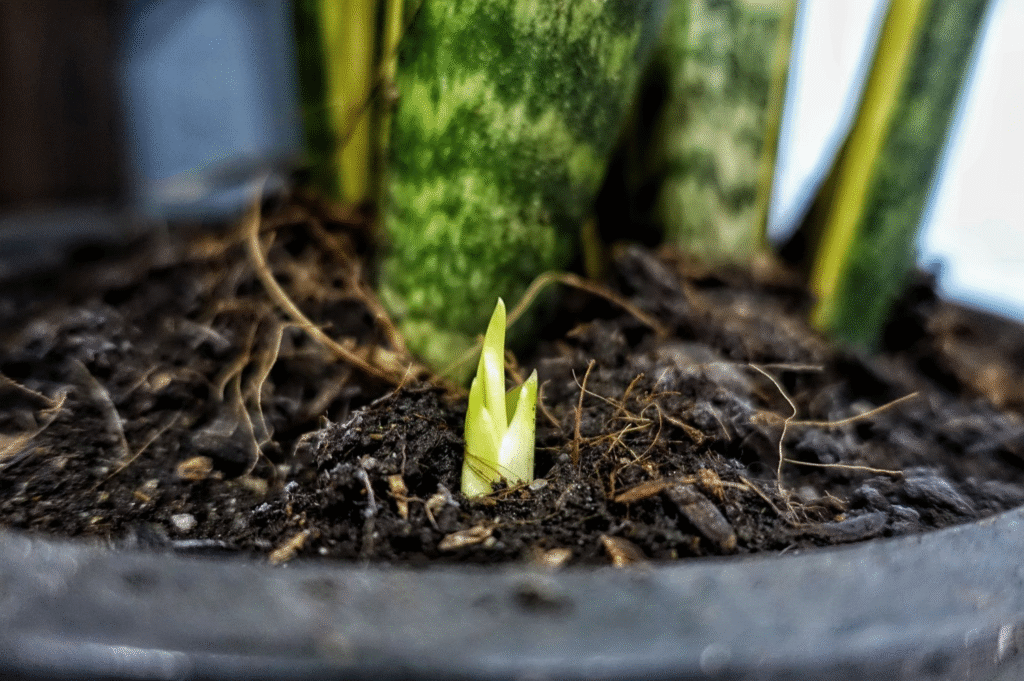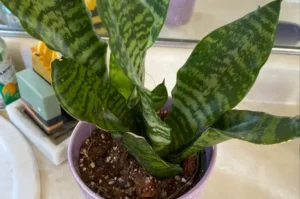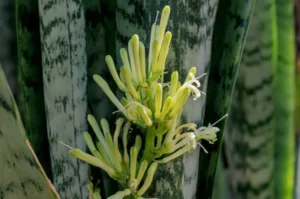Snake plants (Sansevieria), also known as mother-in-law’s tongue, are among the most beginner-friendly houseplants. Not only do they purify the air and require minimal care, but they also produce baby offshoots or “pups” that can eventually become full-grown plants themselves. But many plant owners ask: Should I separate snake plant babies?
If you’re a proud snake plant owner watching tiny shoots emerge from the soil, you’re probably wondering what to do next. In this article, we’ll take a closer look at whether separating these babies is beneficial, when to do it, how to do it properly, and what to expect post-separation.
What Are Snake Plant Babies?
Snake plant babies (also called pups or offshoots) are new growths that sprout from the base of the main plant. These are produced through underground stems known as rhizomes. Over time, these pups can grow into mature plants, forming a crowded cluster if not separated.
Fun Fact: Some snake plants can produce up to 5 or more pups a year, especially in ideal growing conditions.
Should You Separate Snake Plant Babies?
Yes, and here’s why:
Separating snake plant babies is not just about aesthetics, though that’s a plus too. It also supports the health of your main plant and gives each pup a better chance to thrive.
Here are the main reasons why separation is recommended:
1. Prevents Overcrowding
As more pups emerge, the pot becomes increasingly cramped, limiting root space and air circulation. This can stunt growth and lead to root rot due to poor drainage.
2. Encourages Healthy Growth
When separated, each pup gets its soil nutrients, water, and light, which significantly boosts its development compared to remaining clumped together in a crowded pot.
3. Increases Your Plant Collection
Separating snake plant pups is one of the easiest propagation methods. You essentially get free new plants without buying anything extra, perfect for gifting or expanding your indoor jungle.
4. Reduces Risk of Disease
A tightly packed snake plant may develop fungal or bacterial infections more easily, especially in low-light or high-humidity environments. Giving each plant its space minimizes this risk.
When Should You Separate Snake Plant Babies?
Timing is everything. Separating pups too early can cause stress or damage to both the pup and the mother plant.
Here’s how to know when your snake plant baby is ready to be separated:
| Sign | Description |
| Size | The pup is at least 4–6 inches tall |
| Leaves | The leaves look strong and upright |
| Root Growth | It has developed its root system |
| Season | Best done during spring or summer, the plant’s active growing phase |
Avoid separation during dormant seasons (late fall or winter), as the plant’s recovery will be slower and it’s more vulnerable to shock.
How to Separate Snake Plant Babies (Step-by-Step)
Separating snake plant pups is straightforward, but doing it gently and with the right tools makes all the difference.
What You’ll Need:
- A clean, sharp knife or pruning shears
- Gloves (optional, for protection)
- Fresh potting mix (well-draining, cactus or succulent mix is ideal)
- New pots with drainage holes
- Rooting hormone (optional, for faster rooting)
Step-by-Step Process:
1. Remove the Parent Plant from Its Pot
Gently loosen the soil and lift the plant out. Be careful not to damage roots in the process.
2. Locate the Pups
Identify where the baby plant connects to the main plant via a rhizome. The pup should have its root clump before separating.
3. Cut the Rhizome
Using a clean, sharp knife or shears, cut the pup away from the mother plant, ensuring each pup keeps some roots attached.
4. Let the Cut End Dry (Optional)
Allow the cut ends to air dry for 24 hours. This prevents rot, especially if the rhizome was wet during separation.
5. Plant the Pup
Place the pup in a pot filled with fresh potting mix. Press the soil gently around it and water lightly.
6. Water Sparingly
Avoid overwatering. Allow the soil to dry out between waterings, allowing the roots to establish.
Aftercare for Separated Snake Plant Babies
Just like a transplant shock can affect outdoor plants, snake plant pups may experience some temporary stress after separation. With proper care, they’ll bounce back quickly.
Key Tips for Post-Separation Care:
- Lighting: Bright, indirect light works best.
- Watering: Water only when the top inch of soil is dry.
- Humidity: Average indoor humidity is fine.
- Feeding: Wait 4–6 weeks before using any fertilizer.
- Pot Size: Choose a small pot to encourage root growth before upsizing later.
Pro Tip: Don’t toss your mother plant’s leftover roots, she’ll likely send out even more pups soon!
Common Mistakes to Avoid
Separating snake plant babies is simple, but there are a few pitfalls to watch out for:
| Mistake | Why It’s a Problem |
| Separating too early | Weak or rootless pups won’t survive alone |
| Overwatering after repotting | Can cause root rot during the adjustment phase |
| Placing in low light | Slows recovery and weakens the plant |
| Using dull tools | Can tear rhizomes, making infection more likely |
| Using poor soil | Heavy or non-draining soil suffocates roots |
Can You Leave Snake Plant Pups Attached?
Absolutely! If you like a lush, bushy look, you can leave the pups attached. But keep in mind:
- The plant will eventually outgrow its pot.
- Nutrient competition can reduce the overall health of the plant.
- Division becomes harder and riskier as pups grow larger.
So while separating is optional, it’s typically recommended for long-term health and propagation purposes.
Final Verdict: Should You Separate Snake Plant Babies?
Yes, you should separate snake plant babies when they’re ready. Doing so promotes healthier plants, gives you more greenery to enjoy or gift, and prevents overcrowding that can lead to root and pest issues.
Whether you’re a plant newbie or a seasoned indoor gardener, separating pups is one of the easiest and most rewarding ways to propagate snake plants. With minimal tools, gentle handling, and proper care, you’ll multiply your plant family in no time.
Final Thoughts
Separating snake plant pups is a low-risk, high-reward activity for any plant lover. Done properly, it leads to healthier plants, more propagation success, and ultimately, a more thriving indoor garden.
So the next time you see a baby snake plant peeking through the soil, you’ll know exactly what to do and why.






